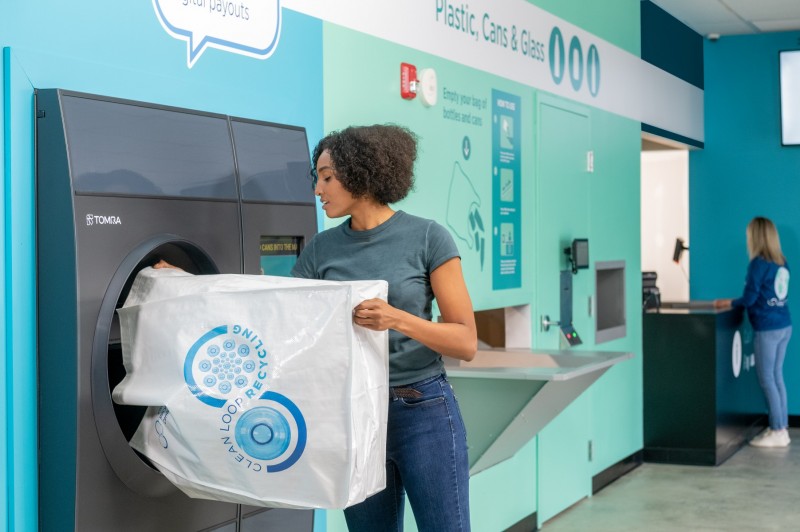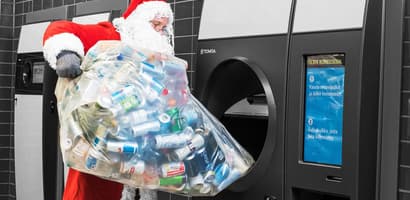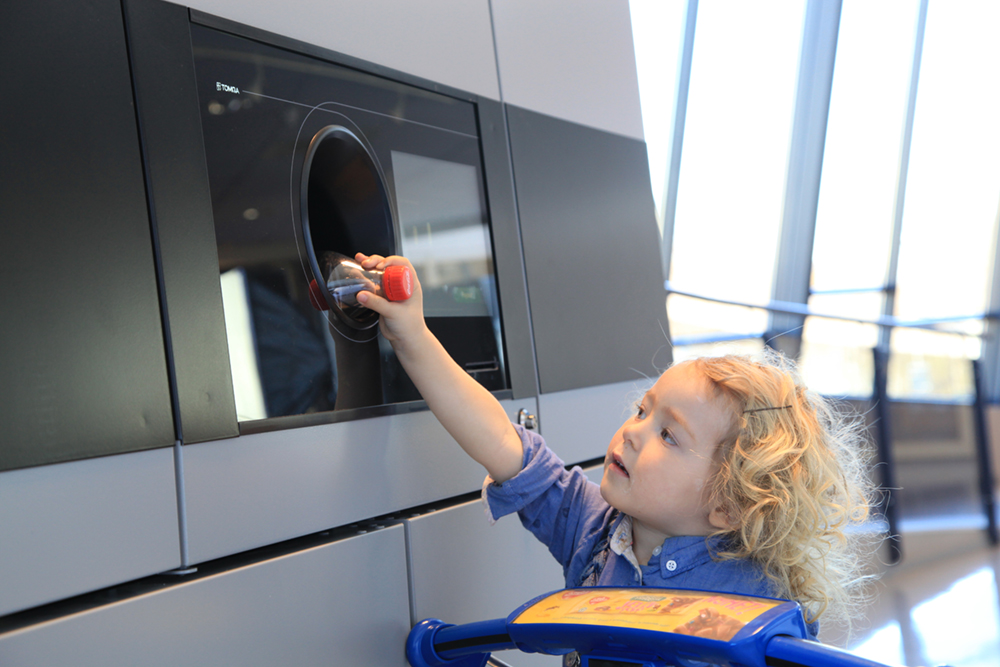8 resolutions for a greener New Year
Get the New Year off to a positive start with these tips to contribute to reductions in waste and CO2 emissions in your daily habits.
Do you have a New Year’s resolution to be greener this year? A few changes to your daily habits you can enable you to reduce your carbon footprint and cut down the amount of waste you produce. Check out this list of resolutions to keep in mind as you turn the calendar on a New Year.
1. Reduce your use of single-use plastic. Even though single-use plastics can be convenient at times, they are a big contributor to global plastic pollution. Items like plastic straws, cups, cutlery and bags (many of which have now been banned in the European Union) typically top the lists of plastic trash found in nature. By choosing not to use items made from single-use plastic, you can contribute to cutting down on this kind of pollution. Start by taking a reusable coffee cup and reusable bag with you when you’re out and about, and saying "no, thanks" when offered a straw.

2. Bring your drink containers for recycling. Remember to bring your bottles, cans and other eligible drink containers to a reverse vending machine or depot for recycling. "This way, you can be sure that they have the best starting point for being recycled into new drink containers, again and again, and means fewer new resources need to extracted for the production of beverage containers," explained Zara Lauder, Senior Communication Manager at TOMRA Collection. Because recycling typically uses less energy than the production of new materials, every bottle or can that’s kept in the loop means less emissions in the atmosphere.

3. Change your eating habits. Pollution caused by the production of certain food products – such as meat and dairy – can have a substantial impact on the environment. In fact, the UN found that livestock is responsible for nearly 15% of all global greenhouse gas emissions. At the same time, eating locally-grown, short-traveled food can help reduce emissions produced in transportation. Avoid food waste by not serving too much food, storing leftovers properly to avoid spoilage, and composting (or checking your local home waste sorting guidelines) if you must dispose of food.
4. Get your recycling right. A common challenge with recycling is that people don’t always know which materials to put in which recycling or waste bins. "Not getting it right can create extra work for the recycling facilities that receive and process the materials, which can lead to unnecessary energy use or even contamination that makes materials more costly or complex to reuse in the most efficient ways," added Zara Lauder. To prevent this, always check the guidelines for recycling in your local municipality to make sure you’re putting your recyclables or waste in the right place.

5. Use less water. People are often surprised to discover that using water actually means using energy, and that using energy also means using water! The processing, distribution, and heating of water all contribute to the energy footprint of your morning shower, the washing up, and so much more. Cutting down the time spent running water can have a great impact on your personal energy use.
6. Skip the car. Using public transportation, carpooling with a friend, walking instead of driving, or working from home a few times a week can all contribute to reducing pollution caused by road traffic. Although the availability of electric cars is increasing, the vast majority of vehicles are still powered by fossil fuels, and fossil fuels mean carbon emissions. In 2017, for example, road transport made up 21% of the European Union’s carbon footprint. By cutting down on unnecessary trips, or sharing your trips with others, you can help make a difference.
7. Travel smart. Ready for your next vacation? Travelling by plane can be a huge source of pollution, and alternative options are gaining popularity. Switching out flights with train rides where possible, or going on more local trips instead of far-flung ones, is a great way to minimize the carbon footprint of your travels.

8. Reuse, repair, re-purpose. An effective way to reduce waste and keep your consumption to a minimum is to reuse, repair and re-purpose what you already own before purchasing new items. This is also a great way to save money on your purchases. If you’re getting rid of some of your old items, you can always sell it second hand or donate it rather than throwing it away. There are many apps and marketplaces emerging to cater to this trend.
Change is made one small step at a time, and everyone has an important role to play. For example, most people bring 29 or fewer bottles and cans for recycling each time they visit a reverse vending machine, but globally TOMRA Collection captures more than 45 billion drink containers each year, keeping them out of oceans and landfills in a Clean Loop of reuse recycling. The collective action of many people is what makes change possible.
Do you have any more resolutions for contributing to a greener New Year? Please share your thoughts with us!
Read more seasonal tips

6 tips for an eco-friendly summer

From Halloween to Hallow-green: eco-friendly ideas for celebrating the spooky season


